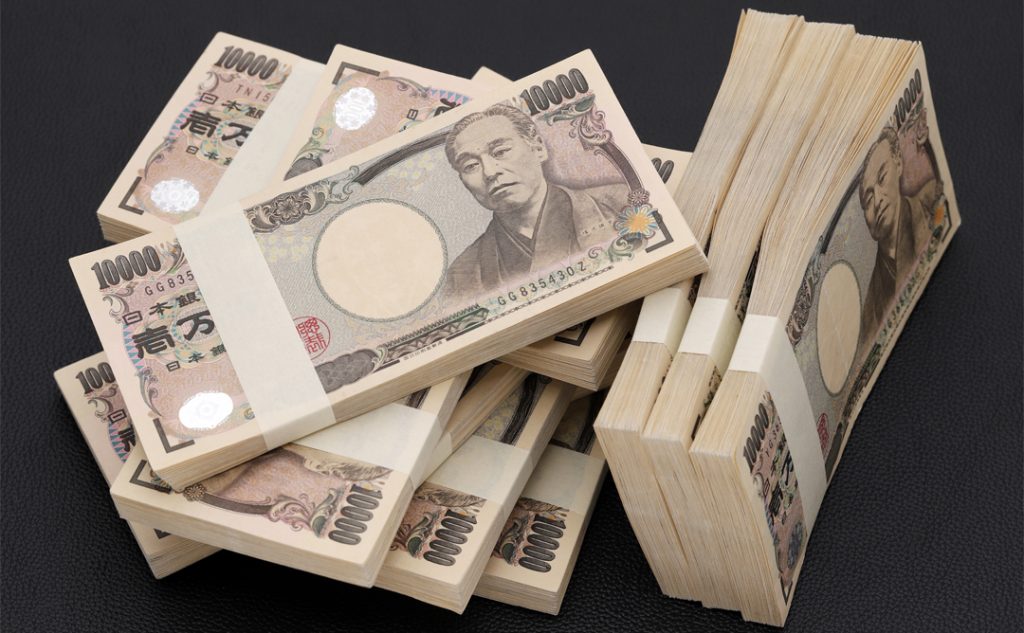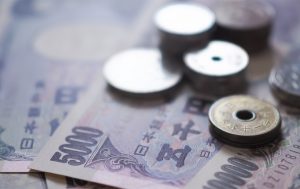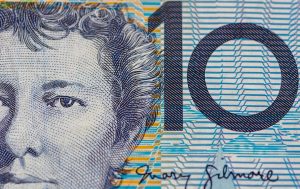The Japanese yen has been under significant pressure, experiencing a sustained depreciation that has prompted renewed concerns among Japanese authorities. Traders have driven down the currency with expectations that further interest rate hikes by the Bank of Japan (BOJ) will be slow to materialize.
The yen experienced a rally after Tokyo issued its strongest warning to date on the possibility of imminent intervention. The currency rebounded from a 34-year low of 151.97 to the dollar, which it hit earlier in the day.
Understanding Yen-Buying Intervention:
Last Confirmed Intervention:
Japan last intervened in the currency market to buy yen in September 2022, marking its first such action since 1998. This intervention followed a BOJ decision to maintain its ultra-loose monetary policy, which drove the yen as low as 145 per dollar. Another intervention occurred in October after the yen plunged to a 32-year low of 151.94.
Reasons for Intervention:
Yen-buying intervention is a rare move. Typically, the Ministry of Finance has sold yen to prevent its rise from impacting Japan’s export-reliant economy. However, yen weakness is now problematic due to the shift of Japanese firms’ production overseas and the economy’s heavy reliance on imports.
Signs of Intervention:
When Japanese authorities escalate their verbal warnings and express readiness to act decisively against speculative moves, it is a sign that intervention may be imminent. Rate checking by the BOJ is also seen as a precursor to intervention.
Recent Developments:
Finance Minister Shunichi Suzuki indicated that authorities could take “decisive steps” against yen weakness, a statement he hasn’t used since the 2022 intervention. An emergency meeting was held to discuss the weak yen, signaling to the markets that authorities are concerned about rapid currency moves.
Top currency diplomat Masato Kanda mentioned that recent yen movements were too rapid and out of line with fundamentals, suggesting Tokyo saw enough reason to intervene to arrest further declines in the currency.
Factors Influencing Intervention:
Authorities consider the speed of yen falls and whether the moves are driven by speculators to determine whether to intervene. With the dollar breaching levels that triggered intervention in 2022, market players see a sharp move above 152 yen as the next threshold for potential intervention.
The decision to intervene is highly political and influenced by public sentiment. Intervention is costly and its success is uncertain, given the vast daily turnover in the foreign exchange market.
How Intervention Works:
To stem yen rises, the Ministry of Finance issues short-term bills to raise yen, which it then sells to weaken the currency. To support the yen, authorities must use Japan’s foreign reserves to sell dollars for yen. The finance minister orders the intervention, and the BOJ executes it as the ministry’s agent.
Challenges and Considerations:
Yen-buying intervention is more challenging than yen-selling. Japan’s foreign reserves could be substantially eroded if Tokyo intervenes heavily repeatedly. Additionally, seeking support from G7 partners, especially the United States, is crucial if the intervention involves the dollar.
Recent meetings and statements from Japanese officials indicate a high level of concern over the yen’s rapid decline. The currency’s stability is closely watched, with authorities signaling their readiness to take measures to counter excessive currency moves.
As the situation unfolds, market participants and observers alike will be closely monitoring Japan’s actions to stabilize the yen and its implications for the global financial markets.





